Lafayette also sold
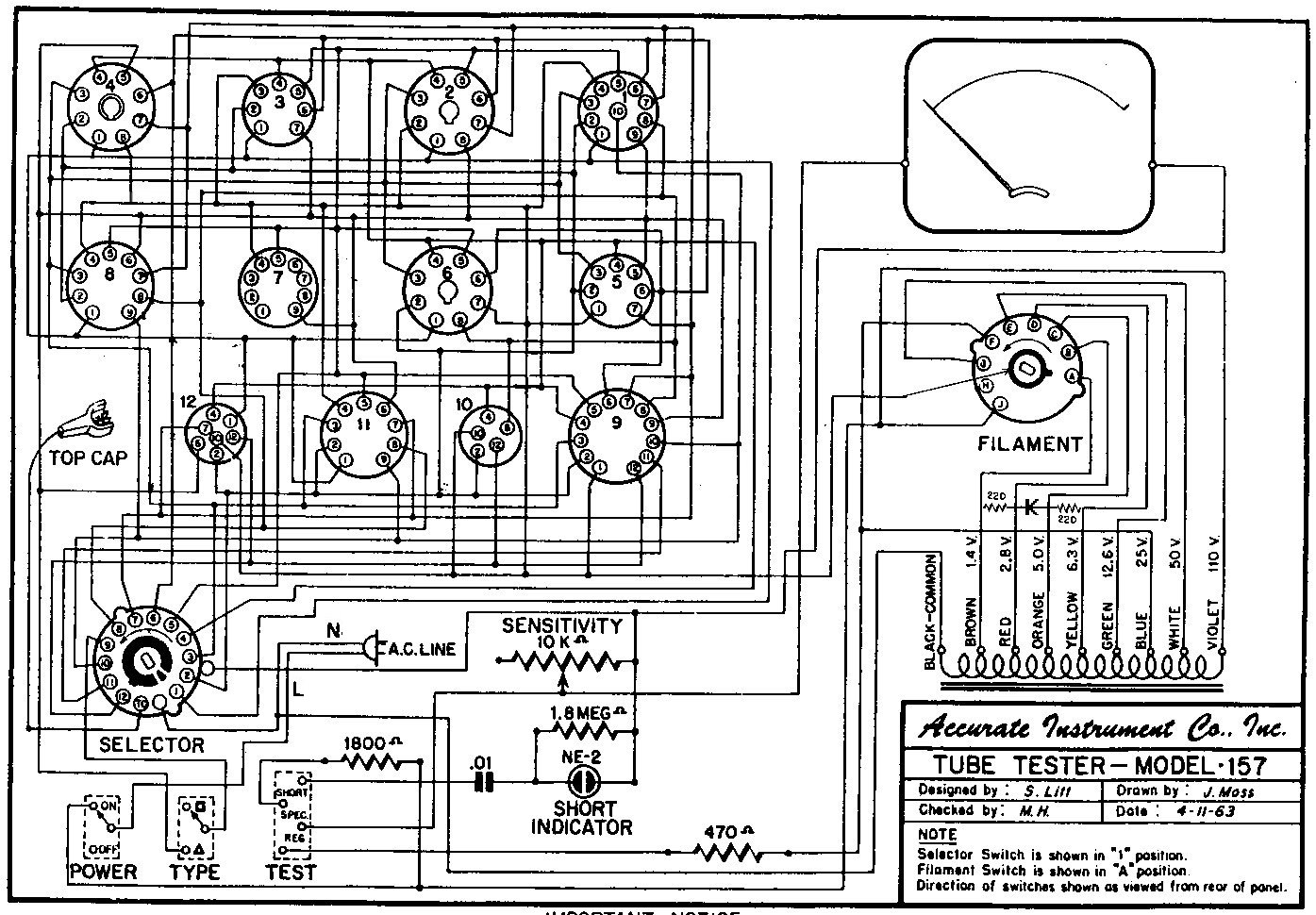 this
this With all this tubed equipment at this website, these come in handy:
With this emissions tester, I found a quick and dirty way to screen large piles of tubes. Separate them by heater voltage, and set the heater voltage selection accordingly.
Set the sensitivity control to around 35. After the tube warms up, rotate the selector switch thru all positions, and you should find the
cathodes or grids or plates. Most regular tubes should make a good reading. Tubes that seem weak should be
more carefully tested later.
There's an error on 35Z5 tubes in the tube directory. Use socket 6 instead of socket 2, as socket 2 would impose the full heater voltage on the pilot light section of this tube's heater. And burn it out. The 35W4, 50HK6 and 36AM3 do not have this problem with this tester, as it places the heater voltage on the portion of the heater that takes the major portion of the heater voltage. Similar problem with the loctal version of this tube (35Y4), but there's no second loctal socket to use instead. I rewired this loctal socket to apply the heater power to its pin 8 instead of pin 1. I disconnected pin 8 from the other pin 8s on the other sockets. And connected the loctal pin 1 to the other pin 1s of the other sockets. See the schematic below. This should avoid hitting the pilot light section of the 35Y4 heater with the full heater voltage. Also it looks like all loctal tubes have the heater on pin 1 and pin 8, so this mod should have no downside. The 35Z4 has no heater tap, so this issue doesn't apply to it.
As this tester is a "Hot Chassis" circuit, I put a polarized plug on it. The power switch switches the line (hot).
Lafayette also sold  this
this
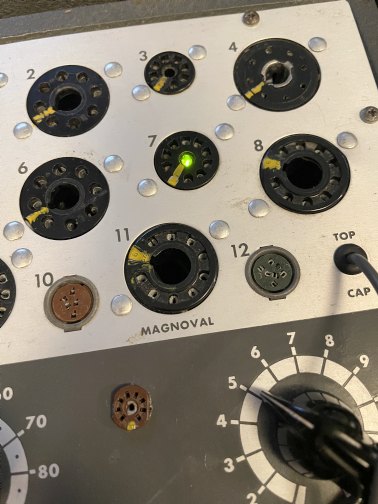 I added a small LED inside the center hole in a 9 pin tube socket to serve as a pilot light. This LED
is powered off the heater transformer's 12V and the 1V taps. One tap gets a 470 ohm resistor and the
other a 560 ohm resistor. Or use a pair of 220 ohm resistors off the
1V and 6.3V. This limits current thru the LED and if the wiring to the LED ever shorts to
something. Also I added yellow markings on the tube sockets to help me position tubes correctly.
I added a small LED inside the center hole in a 9 pin tube socket to serve as a pilot light. This LED
is powered off the heater transformer's 12V and the 1V taps. One tap gets a 470 ohm resistor and the
other a 560 ohm resistor. Or use a pair of 220 ohm resistors off the
1V and 6.3V. This limits current thru the LED and if the wiring to the LED ever shorts to
something. Also I added yellow markings on the tube sockets to help me position tubes correctly.




The Weston VOM was my father's favorite meter for tube work.
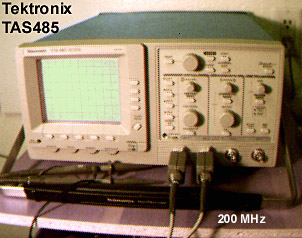

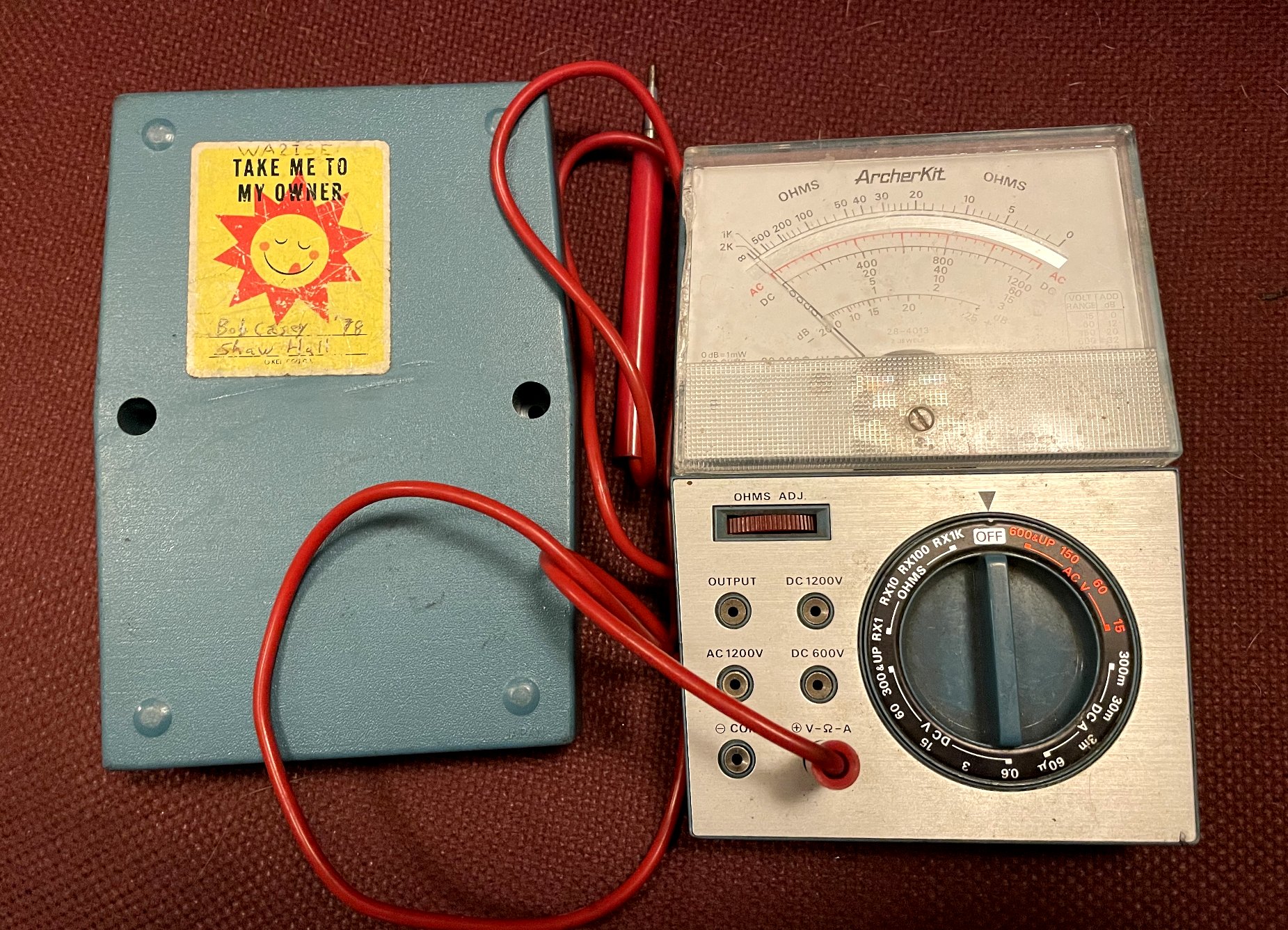
Above is a kit meter from Radio Shack my college Syracuse U electrical engineering dept had
us get to build and do measurements and experiments on in one of
our class labs. Back in the mid 1970's. One of these
lab exercises was to have it measure AC voltages of various waveforms, like a sine wave, triangle
wave, sawtooth, and square waves. Comparing this meter to a true RMS meter. Of course, with a meter
this primitive, the only readings that matched was for sine waves. As all this meter did was measure
the peak of the waveform, and it assumed it was a sine wave and the voltage markings read at 70% of
the peak. Valid for sine waves only.
The sticker on the back came from the dining hall, from a box of Raisin Bran they had, among many other things, for breakfast. I lived in the Shaw Hall dorm.
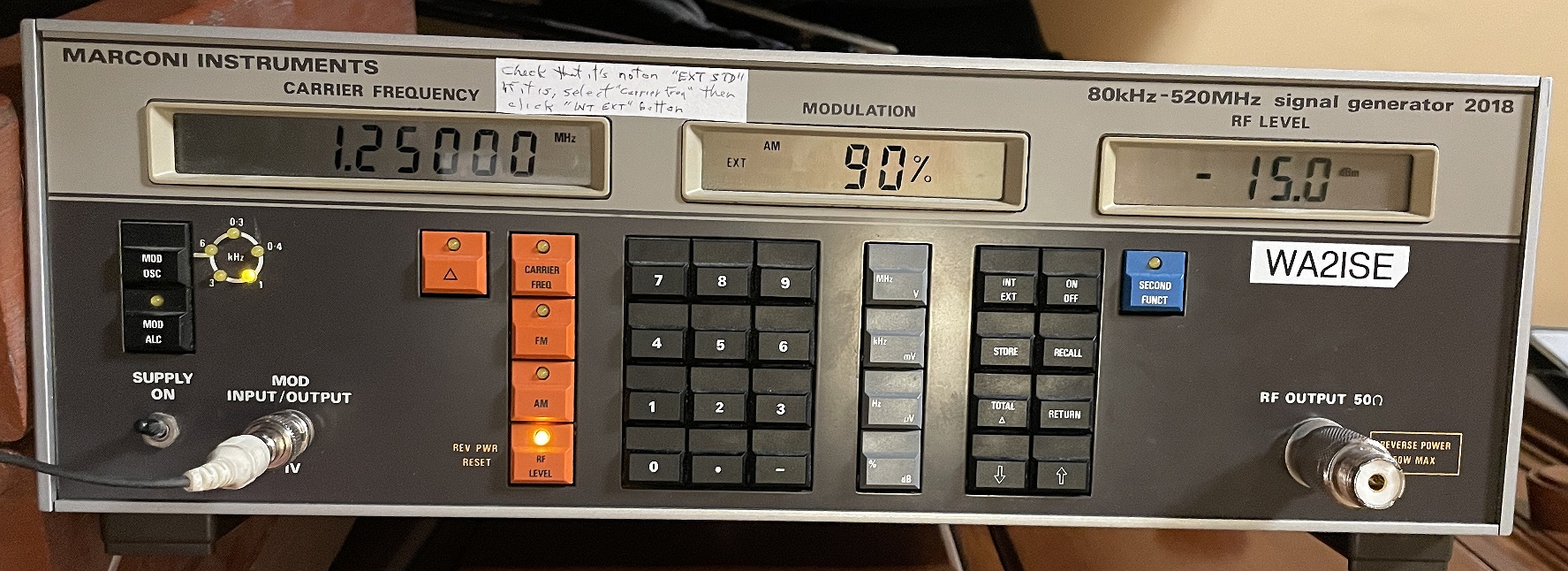
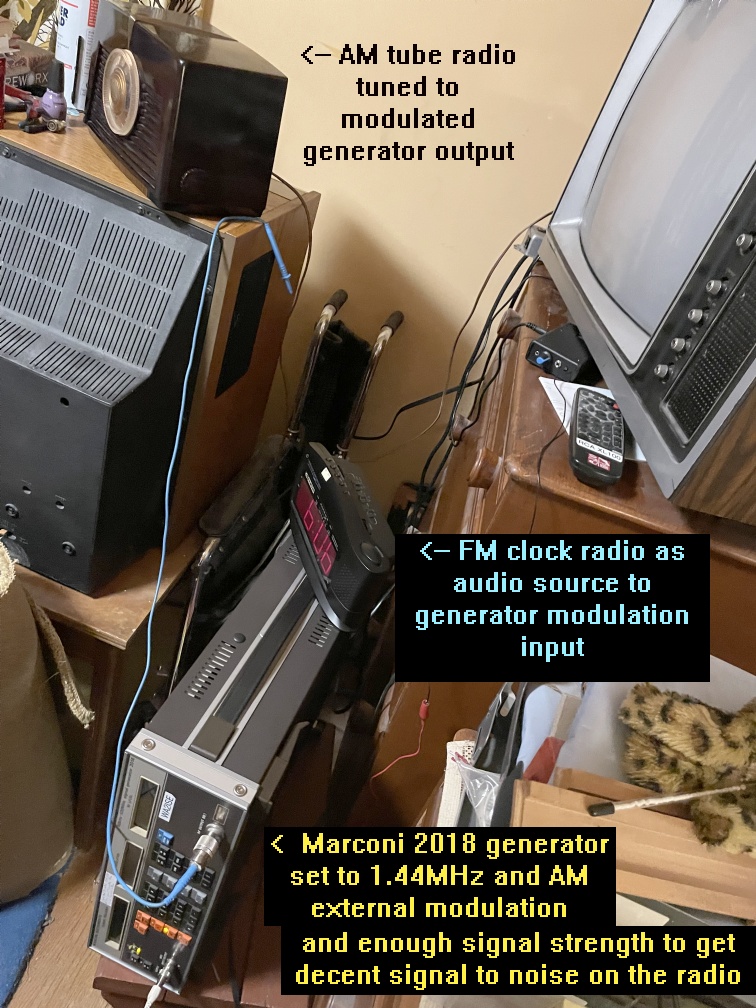
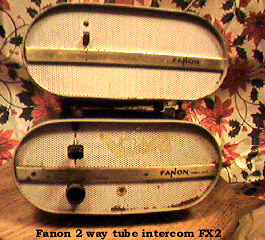


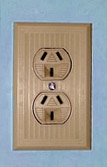
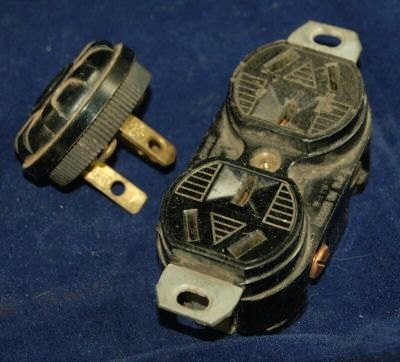



Standard equipment in private eye offices in vintage movies:

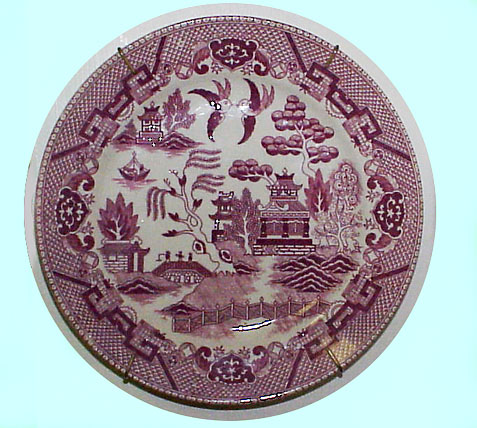
Back in around 1950, here is my grandma over at a friend's place. Note the Admiral
on the table.
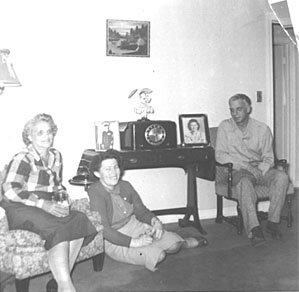

And on the right is Christmas 1951 at my grandparents' house.
Note the Philco TV left of
the tree.
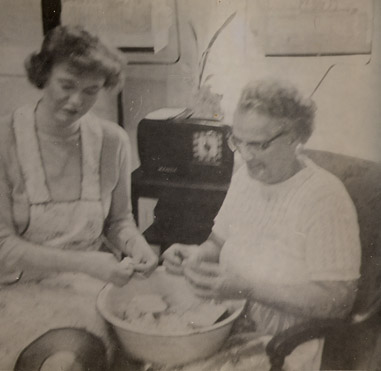 My mom and grandmom preparing Thanksgiving dinner in grandma's kitchen, near the Admiral AA5.
My mom and grandmom preparing Thanksgiving dinner in grandma's kitchen, near the Admiral AA5.